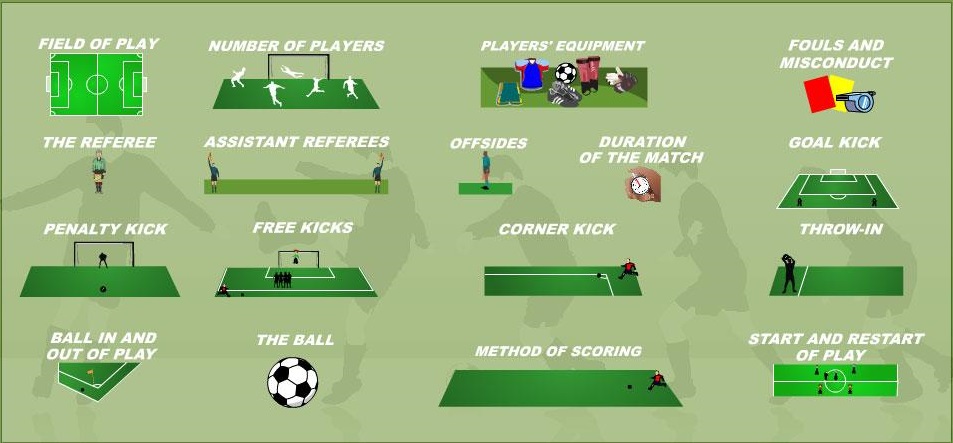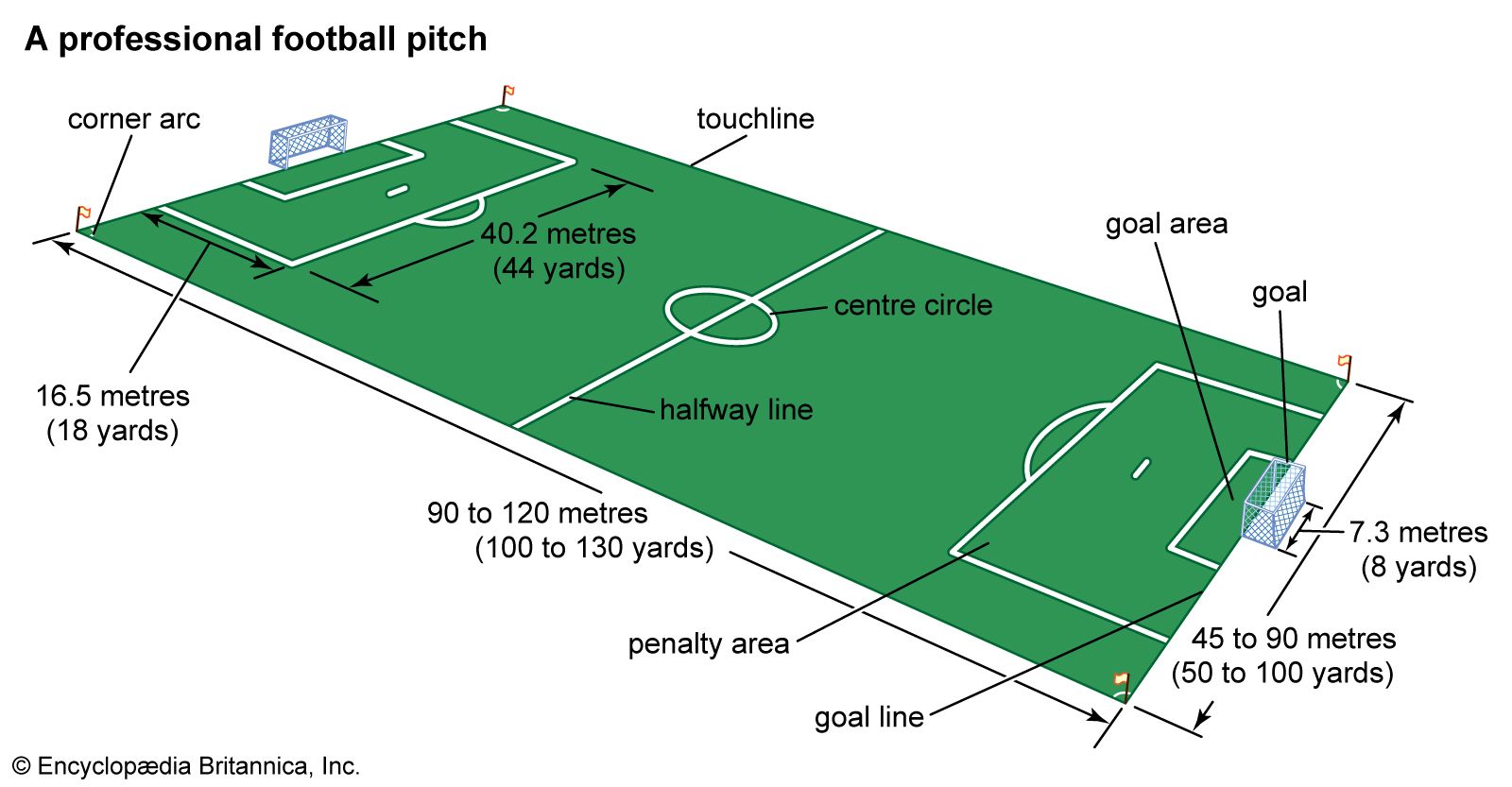Eh, so you wanna know how many players they let on that big ol’ soccer field, huh? Well, sit tight, lemme tell ya in plain words. When it comes to soccer, each team has 11 players out there on that field. Ain’t no more, ain’t no less if you’re talking regular ol’ soccer rules. Now, this 11 includes one special guy who guards the net – the goalkeeper. He’s the one standing in front of the goalpost, tryin’ to stop that ball from getting in.
Now, the other 10 players on each team? They’re called outfield players, and they got all sorts of jobs. Some of ’em try to score by pushing the ball forward – those are the attackers. Some try to keep the other team from scoring, and them’s called the defenders. Then, there’s some who do a bit of both – running up and down that field, passing the ball like it’s hot. So, every team got its roles, but they all stick to the rule of 11 folks out there at a time.

But here’s the thing, soccer ain’t just about the ones on the field. Naw, it’s got a whole bench full of other players waitin’ to jump in if someone gets tired or hurt. They call ’em substitutes. Now, each game and league got its own rule on this. In most pro games, you’ll see teams allowed about three to five substitutions. So if someone’s had enough, or their legs gettin’ wobbly, the coach can swap ‘em out for a fresh pair of legs from the bench.
- 11 players per team on the field
- 1 goalkeeper, 10 outfield players
- Roles include attackers, defenders, and midfielders
- Substitutes allowed – usually 3 to 5 depending on the game’s rules
Now, when the game’s goin’ on, only 22 players should be on that field – 11 from each team. And those outfield players, oh boy, they’re runnin’ around everywhere. Some like to hang back and guard, some like to push forward and take chances on scoring. And then you got those midfielders – they’re like a mix of both, real busy folks, them ones. They try to get the ball up to the attackers or help out the defenders if things get rough.
What about when someone fouls? Well, sometimes a player can get in trouble with the referee. If they do somethin’ real bad, they can get sent off, which means their team has to play with only 10 instead of the usual 11. But they don’t get to put in a sub to replace ‘em, so it’s a big deal if it happens. That’s why they all try to avoid those red cards as much as they can.
And the thing with soccer is, these rules stay mostly the same, whether it’s a big international game, a league game, or just some kids playin’ in a local match. Eleven’s the number. Each team can’t go over that on the field, though sometimes, in youth or casual games, the rules get a bit relaxed – but for pro soccer, it’s strict as can be.
So, if you’re watchin’ soccer and wonderin’ why there’s so many folks sittin’ on the side, now you know. Those are the subs, and only a few of ’em might actually get to play. The rest just sit there cheerin’ on their team and waitin’ just in case they’re needed.
All in all, soccer’s pretty simple that way. Eleven on each side, one ball, two goals – and a whole lotta running!

Tags:[Soccer Players, Number of Players on Field, Soccer Team Rules, Soccer Substitutes, Soccer Positions]

























